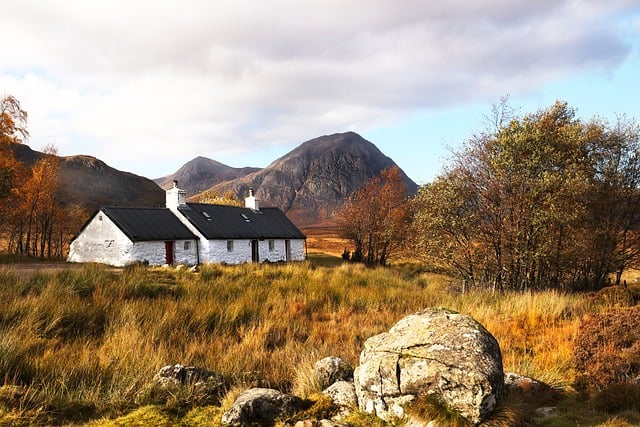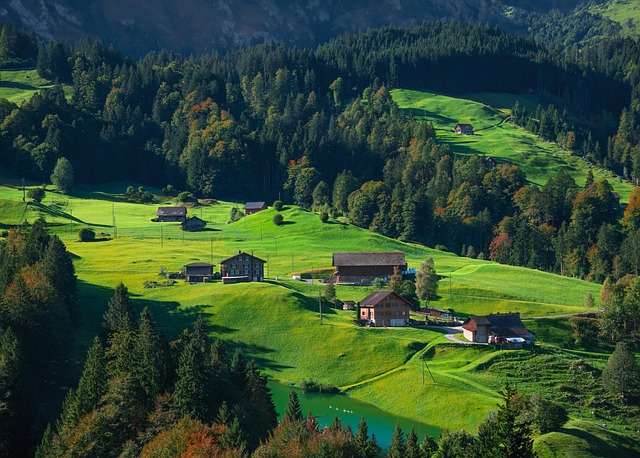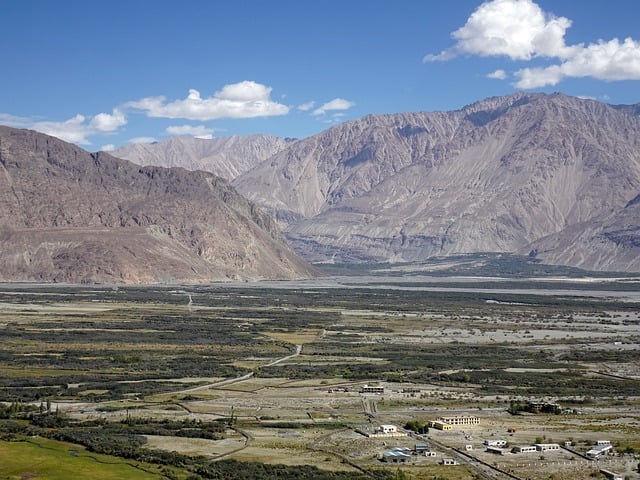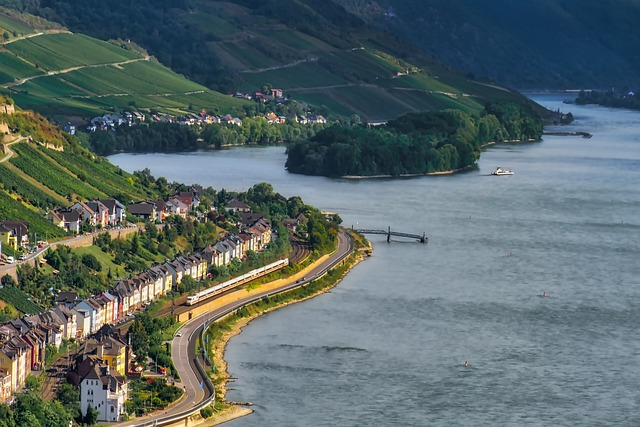Modern parks and recreation amenities are vital components of urban real estate, enhancing property values and community engagement. With diverse facilities catering to all ages and interests, these spaces promote active lifestyles through innovative designs. Sustainable design principles, including eco-friendly materials and renewable energy sources, further elevate their appeal and contribute to environmental well-being. Properties with access to high-quality, sustainable parks are gaining significant market value, making them key drivers of urban living.
Parks and recreation amenities are undergoing a remarkable transformation, evolving into vital components of urban real estate. In today’s digital era, modern parks offer much more than just green spaces; they become hubs for community engagement, health promotion, and sustainable living. From innovative play structures to high-tech fitness equipment, these revitalized public spaces enhance the quality of life for residents, attracting diverse demographics and fostering a sense of belonging. This article explores the changing landscape of urban parks and their impact on real estate values and communities.
The Evolving Role of Parks and Recreation in Urban Real Estate

In today’s urban landscape, parks and recreation amenities are no longer just peripheral additions to real estate developments; they have evolved into essential components that significantly influence property values and attract potential residents. The integration of green spaces and recreational facilities is increasingly recognized as a key factor in creating vibrant, desirable communities. Developers and urban planners are understanding the profound impact these features can have on the overall quality of life within cities.
Modern parks offer much more than just scenic beauty; they serve as social hubs, fostering community engagement and interaction. With careful design and consideration, these spaces can cater to diverse demographics and interests, from outdoor fitness enthusiasts to families seeking play areas. The strategic placement and enhancement of recreation amenities in urban real estate are transforming cities into vibrant, livable environments that cater to a wide range of lifestyles, thereby driving market trends and setting new benchmarks for desirable residential locations.
Modern Amenities: Enhancing Quality of Life for Residents

Modern parks and recreation amenities play a pivotal role in enhancing the quality of life for residents, especially in urban areas where real estate is scarce and expensive. These spaces serve as community hubs, fostering social connections and promoting physical and mental well-being. From state-of-the-art fitness equipment to multi-purpose courts and scenic walking trails, these amenities cater to diverse age groups and interests, ensuring that everyone can find something to enjoy and benefit from.
Moreover, modern recreation facilities often incorporate innovative designs and technologies, creating dynamic environments that encourage active lifestyles. This includes features like smart lighting systems, interactive art installations, and digital information boards, which not only enhance user experience but also contribute to a more sustainable and technologically advanced lifestyle for residents. In today’s competitive real estate market, access to high-quality parks and recreational amenities can significantly influence a community’s appeal and desirability.
Sustainable Design and the Future of Public Spaces

In the realm of modern parks and recreation, sustainable design is emerging as a game-changer in shaping the future of public spaces. This approach to urban planning and architecture prioritizes environmental stewardship, resource efficiency, and creating vibrant, functional areas that enhance community well-being. By integrating eco-friendly materials, renewable energy sources, and water conservation strategies, these green spaces offer more than just aesthetic appeal; they contribute to a healthier planet and local real estate values.
As cities continue to grow, the demand for public amenities that cater to diverse needs increases. Sustainable design meets this challenge by offering innovative solutions. For instance, smart irrigation systems ensure water is used efficiently, while native plant species require less maintenance and provide habitats for local wildlife. These features not only reduce operational costs but also create a unique, natural setting that fosters community engagement. In today’s market, real estate properties with access to such well-designed parks and recreational areas are gaining significant value, making sustainable public spaces a key consideration for urban developers.






